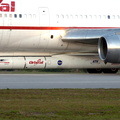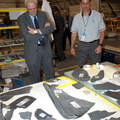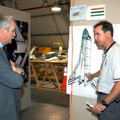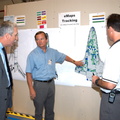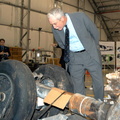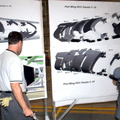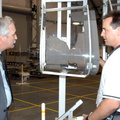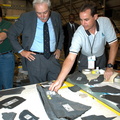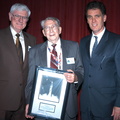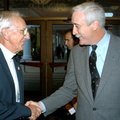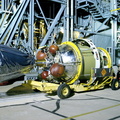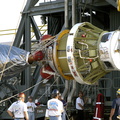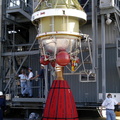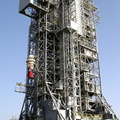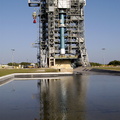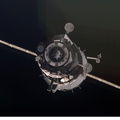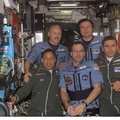
WIKIARCHIVES.SPACE
The Human Spaceflight Archive

Information
- Taken in
- Kennedy Space Center
- Author
- NASA
- Description
- Orbital Sciences L-1011 aircraft takes off from Cape Canaveral Air Force Station carrying the Pegasus XL rocket/Galaxy Evolution Explorer (GALEX) under its belly. Release of the Pegasus was scheduled for about 8 a.m. over the Atlantic Ocean at an altitude of 39,000 feet at a location approximately 100 nautical miles offshore east-northeast of Cape Canaveral. Spacecraft separation from the Pegasus occurs 11 minutes later. At that time the satellite will be in a circular orbit of 431 statute miles (690 km) at a 29-degree inclination. The GALEX will carry into space an orbiting telescope that will observe a million galaxies across 10 billion years of cosmic history to help astronomers determine when the stars and elements we see today had their origins. The spacecraft will sweep the skies for 28 months using state-of-the-art ultraviolet detectors to single out galaxies dominated by young, hot, short-lived stars that give off a great deal of energy at that wavelength. These galaxies are actively creating stars, and therefore provide a window into the history and causes of star formation in galaxies.
- Created on
- Monday 28 April 2003
- Source link
- https://science.ksc.nasa.gov/gallery/photos/2003/
- Visits
- 86
- Rating score
- no rate
- Rate this photo
- License
- CC BY-NC-ND
- Modified by WikiArchives
- No (original)
- Downloads
- 0
Powered by Piwigo



